
A blog focusing on 1/64 diecast from such popular brands as Hot Wheels, Matchbox, Johnny Lightning, M2 Machines, GreenLight, Tomica, Yat Ming, Majorette, MotorMax, Siku, Corgi, Guisval, Playart, Ertl, Zylmex, Racing Champions, & many more. Swifty's Garage features a daily Car Of The Day and news updates from your favorite brands!
Monday, November 8, 2010
Car Of The Day: November 8, 2010
Today's car of the day is Matchbox's 1977 Plymouth Gran Fury.
The Plymouth Gran Fury is an automobile manufactured by the Chrysler Corporation to signify Plymouth's largest full-size automobile from 1975 to 1977. The nameplate would be used on successive downsizings, first in 1980, and again in 1982, through what would originally have been intermediate and compact classes in the early 1970s, all with conventional rear-wheel drive layouts. By the time the Plymouth Gran Fury ended production in 1989, it was Plymouth's last remaining rear-wheel drive car, a configuration used since Plymouth's first car was introduced in 1928. It was also Plymouth's last remaining V8 equipped vehicle. Plymouth would not have another rear-wheel drive car until the 1997 Prowler roadster. After Chevrolet ended production of the Caprice, only Ford continued production of its V8 powered rear-wheel drive Crown Victoria full-sized sedan. By the 2000s, the Plymouth nameplate had been retired, but Chrysler's Mercedes-based Chrysler 300 and Dodge Charger re-introduced full-sized V8 powered rear-wheel drive sedans.
Before 1975, the top line models in Plymouth's Fury series were known as the "Fury Gran Coupe" and "Fury Gran Sedan". The Fury Gran Coupe model was introduced in 1970 as a hardtop coupe. A "Fury Gran Coupe" hardtop sedan was also available in 1971, but in 1972 it was renamed "Fury Gran Sedan". The Gran Coupe and Gran Sedan models continued in 1973 and 1974.
For more information and pictures of the real car please visit: Plymouth Gran Fury
Here's a nice Matchbox model recently acquired from Charlie Mack at the Hershey Matchbox show. I'm not sure whether to knock Lesney for the huge anel gaps (especially noticeable on the front fascia) or applaud them for their accuracy in replicating Chrysler's build quality of that era. This is the only Gran Fury available in this scale, but thanks to the popularity of "The Blues Brothers" Dodge's sister car, the Monaco, has been well represented in small scale.
In 1975, the mid-size B-body Plymouth Satellite in a downsizing effort was restyled and renamed Plymouth Fury. As a result, the previous full-sized C-body Fury became known as the Gran Fury. Due to the fact that the C-body Fury had been redesigned for 1974, the 1975 Gran Fury received few changes besides its new name. Top-of-the-line Gran Fury Brougham models were treated to a new grille and new single-unit headlight design; all Gran Furys would receive this for 1976.
This generation was available as a 2-door coupe, 4-door sedan, 4-door hardtop, amd 4-door station wagon. All models with the exception of the wagons rode on the 121.5 in (3086 mm) wheelbase shared with the Dodge Monaco. Gran Fury Suburban wagons rode on a longer 124 in (3150 mm) wheelbase that was also used by Monaco wagons and all full-sized Chryslers and Imperials. The 1975 Gran Fury was available in four trim levels:[1] base (sedan and coupe only), "Custom" (all models), "Brougham" (coupe and hardtop only), and "Sport Suburban" (wagon only). Changes for 1976 were minimal. The 4-door hardtop body style was eliminated, leaving only coupes, sedans, and wagons. With this, sedans were now available in deluxe Brougham trim. Offerings were trimmed for the C-body Gran Fury's final model year, 1977. The mid-range Custom trim level was dropped, leaving only base and high-end Brougham coupes and sedans. 1977 Gran Fury wagons were available in either base Suburban or high-end Sport Suburban models. All full-sized C-body Plymouths were discontinued at the end of the 1977 model year, leaving the mid-size B-body Fury to soldier on as Plymouth's large car for 1978.
Sales of all of the Chrysler Corporation's C-body models for the 1974-1978 model years were considerably disappointing; the Plymouth Gran Fury was no exception. This is due to the fact that 1973 introduction of the redesigned 1974 model year C-bodies coincided with the 1973 oil crisis. As gas prices skyrocketed, demand for gas-guzzling full-sized cars took a nosedive. C-body offerings decreased throughout the 1974-1978 design cycle. Imperials were the first to go after 1975. Plymouth and Dodge C-bodies were dropped after the 1977 model year. Chrysler C-bodies were discontinued after 1978. The discontinuation of the Gran Fury was followed by the discontinuation of the mid-size Fury after the 1978 model year. This huge gap in Plymouth's lineup left the compact Volaré as Plymouth's largest car for 1979. A redesigned downsized Gran Fury would return in 1980.
Subscribe to:
Post Comments (Atom)
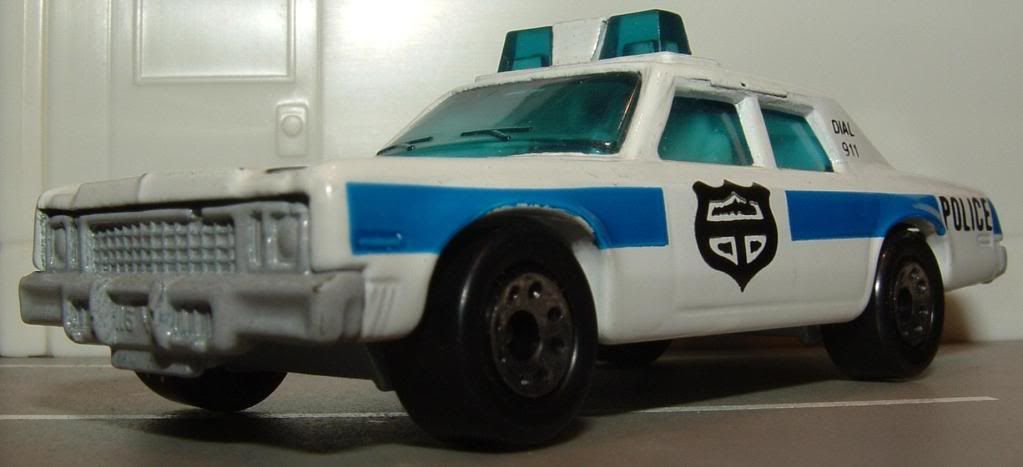
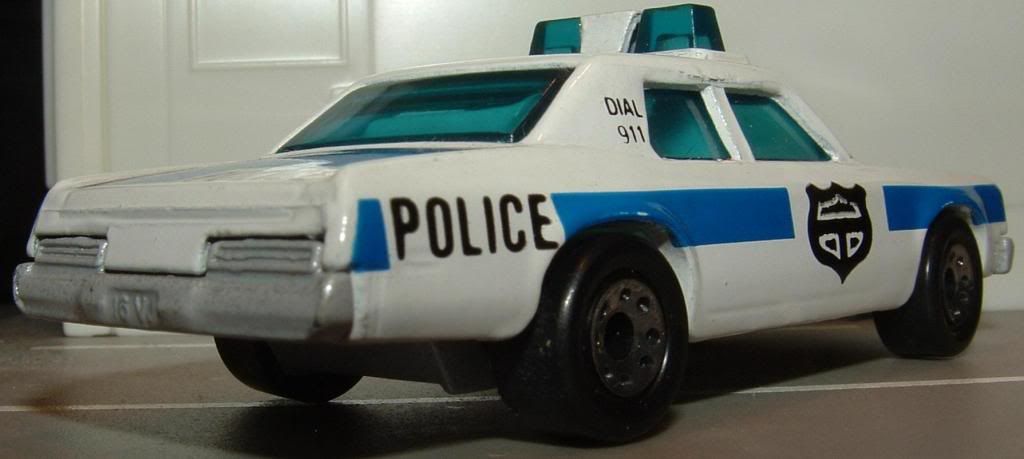
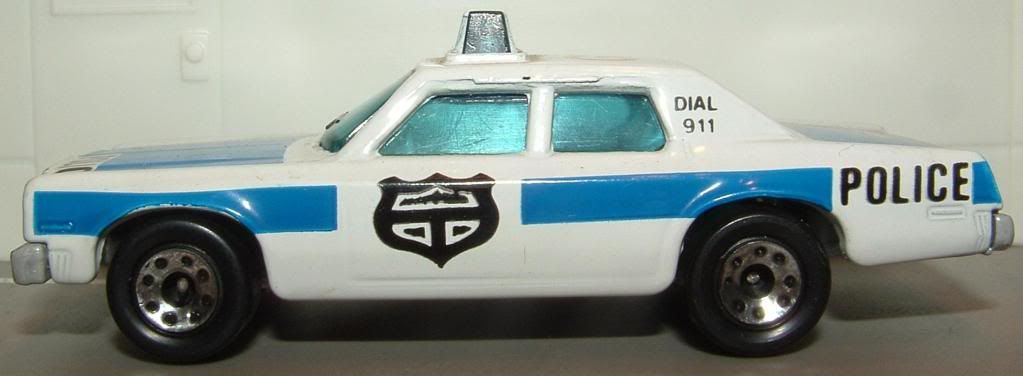
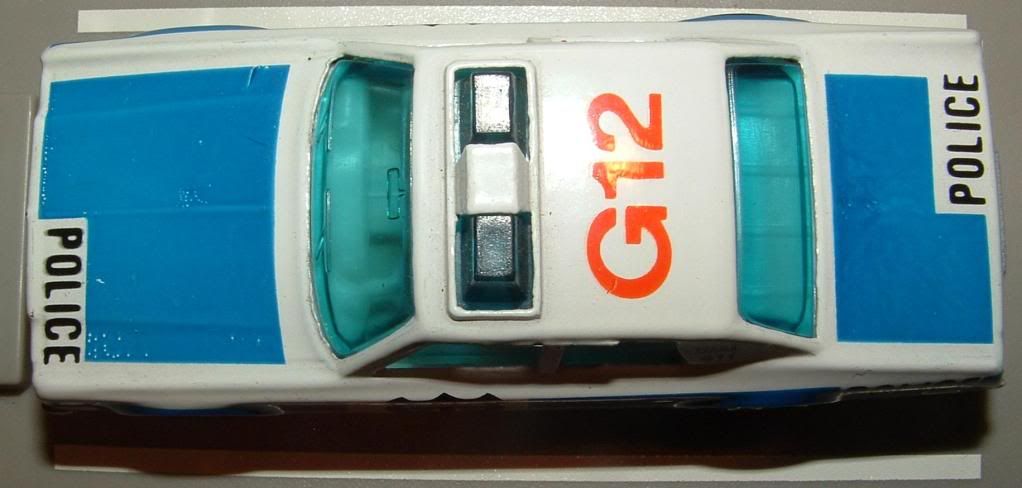
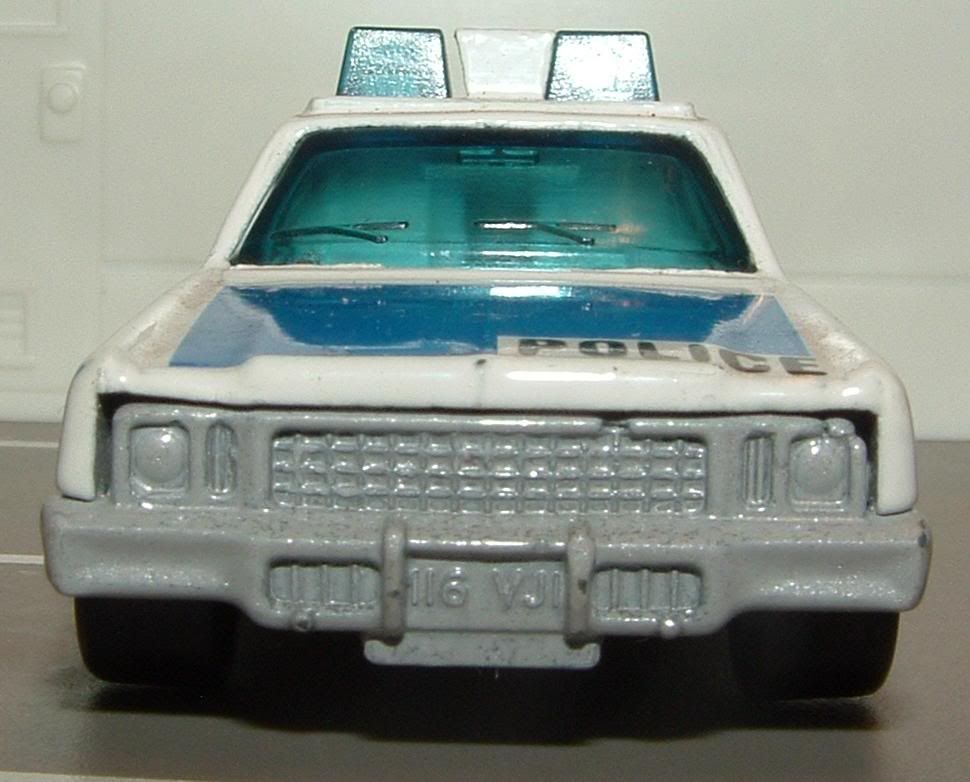
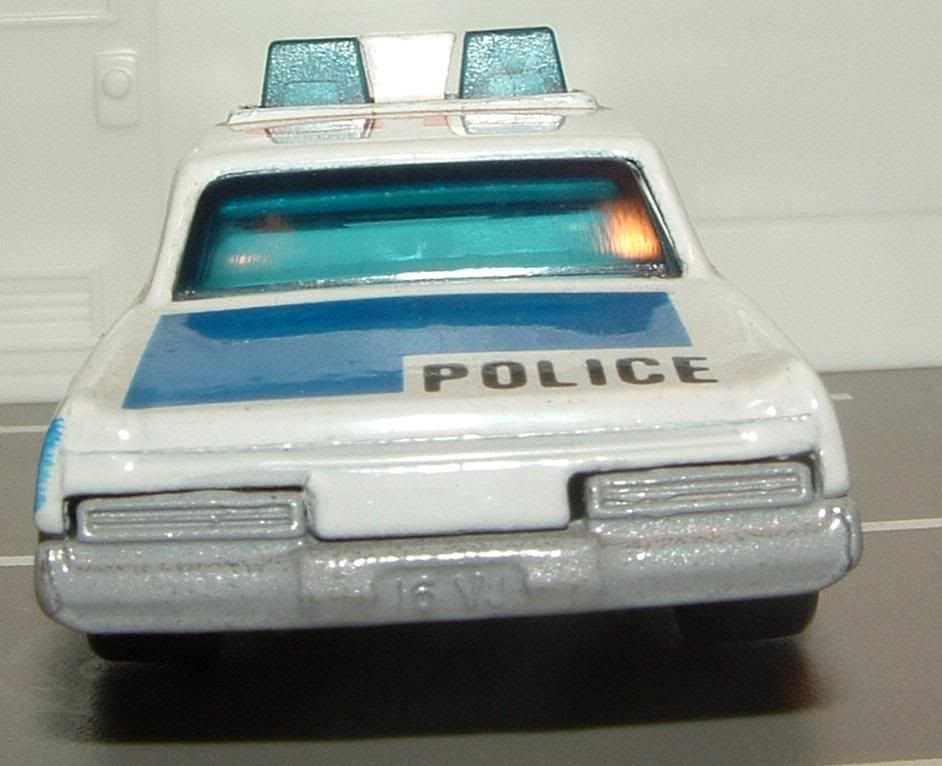
No comments:
Post a Comment